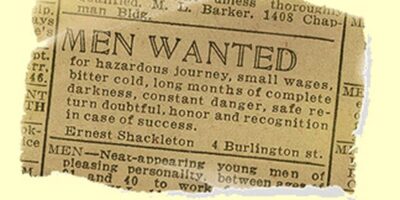By Madeline Lafuse
The TLC’s Communication as Praxis Open Focus Inquiry Series (OFIS) helped me think through how to teach my students to question. It led to a practical solution for an issue that I couldn’t solve by myself in the odd moments of the day. Like most grad students at the GC, I do the bulk of my teaching work on the train or the bus in windows of time too short to read a text for class but long enough to grade quizzes. But OFIS was a place where I could be generous with myself and others. It carved out a space and time in my busy semester to reflect on the deeper issues of teaching with like-minded colleagues. Together, we read foundational pedagogical texts, explored the structures that shape classroom communication and worked towards a better understanding of key concepts.
We questioned what it meant to ask questions. Some of the issues were structural. Cultural and gender norms may inhibit some students from asking questions while encouraging others to dominate the class. Student impressions of the professor as an authority figure or repository of correct knowledge can also make students uncomfortable. We wondered how medium affects questioning and the multiple ways a voice can be heard. Can a written question help a student who is verbally shy make their voice heard? I came away from our conversations more convinced than ever of the important ways that questions allow students to take ownership of their educations and learn actively. At the same time, however, it seemed that the power dynamics of the classroom suppressed their opportunities to question.
I wanted to design an activity that could navigate these complexities and lead students to develop good questioning practices. The Right Question Institute’s Question Formulation Technique was my starting point. The goal is for students to formulate a research question. They can then use that question in group or individual work to inform readings, activities, discussions, writing, etc. Having created the question themselves, they will likely have greater buy-in and a clearer understanding of how to succeed at the task asked of them.
Here are the steps:
- Write a term or phrase on the board that you want your students to question. It should be something that they have had some prior exposure to.
- Break your students into groups of no more than five and give each group a tray or dish (or ask a student to lend their baseball cap to the cause). Give each group a stack of paper cut into squares. Make sure each student has a writing utensil.
- Tell the students to put as many questions as they can into their group’s tray in two minutes. This is a bit like turning a free-write into a free-question. Reassure them that their responses are anonymous, non-graded and that grammar doesn’t matter.
- Once two minutes are up, take a few minutes to lead an all-class discussion on what constitutes a good research question. Kick it off with “I think a good research question is one that can’t be answered with just yes or no.” Write the rules your students come up with on the board. Explain that they will serve as guidelines for each group to choose what question they want to work on from the questions in the cap. Explain that they are welcome to reformulate their questions.
- Give the students about ten minutes to pick a question and reformulate it. Circulate among the groups to clarify any misunderstandings and help students develop their questions. It may not occur to them, for instance, that sometimes questions can be phrased in multiple sentences.
- Students then use their questions to guide their learning in whatever reading, activity, discussion or writing you have planned.
- Allow some time at the end of the activity for students to reconvene, discuss and share their questions and findings.
When I piloted this activity in the final OFIS workshop, I found that my greatest fear—that the term on the board would result in confusion and random answers—was unfounded. Participants from different backgrounds and disciplines came up with excellent questions when I provided the subject “Abraham Lincoln”. I think the key is to provide a familiar prompt. Obviously, “Butler’s General Order 28” would not be so generative for this group as a famous American president. Participants were also excited about how the same piece of information could lead groups in wildly different, but equally valid, directions. Since students sometimes have the impression that knowledge is either correct or incorrect, this activity is an opportunity to demonstrate how and why interpretations develop differently.
OFIS gave me a space to address a complicated, frustrating classroom problem, and I owe my colleagues and the TLC staff a big thank you. I look forward to using this activity to guide my students’ discussion of public monuments and historical memory next week, and I intend to incorporate it into my future courses at the outset to encourage good questioning practices early and often.
Madeline Lafuse is a third year Ph.D. student in History studying emotion and race in antebellum New Orleans. She teaches early American history at Lehman College.










Leave a Reply